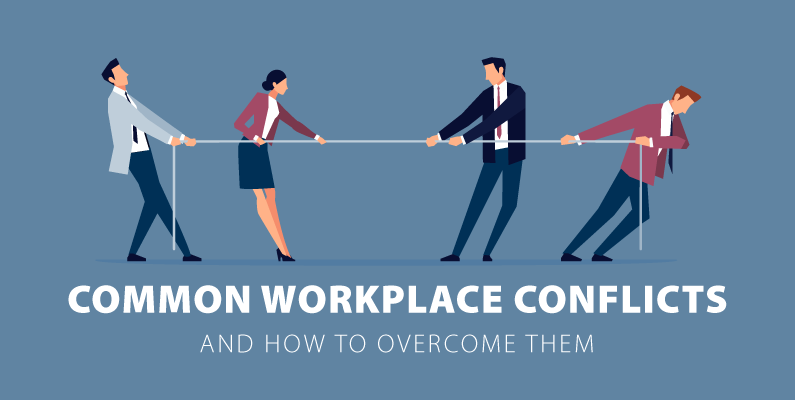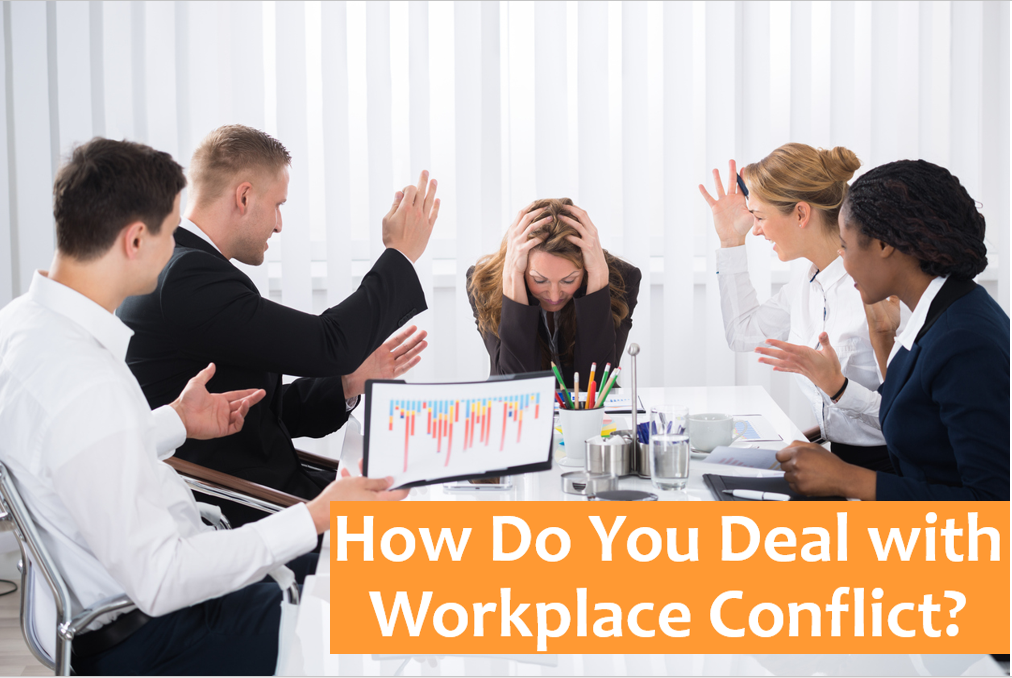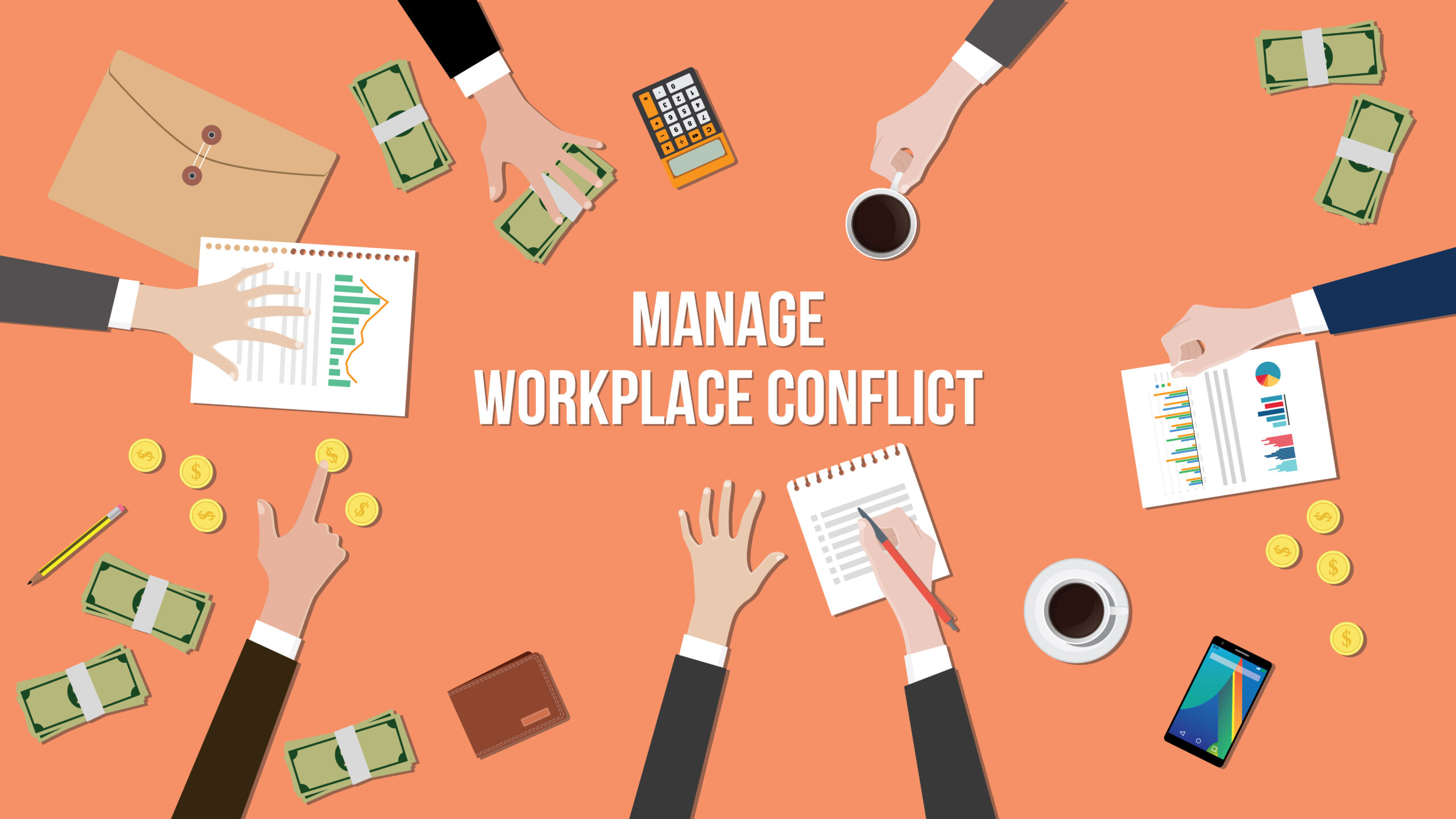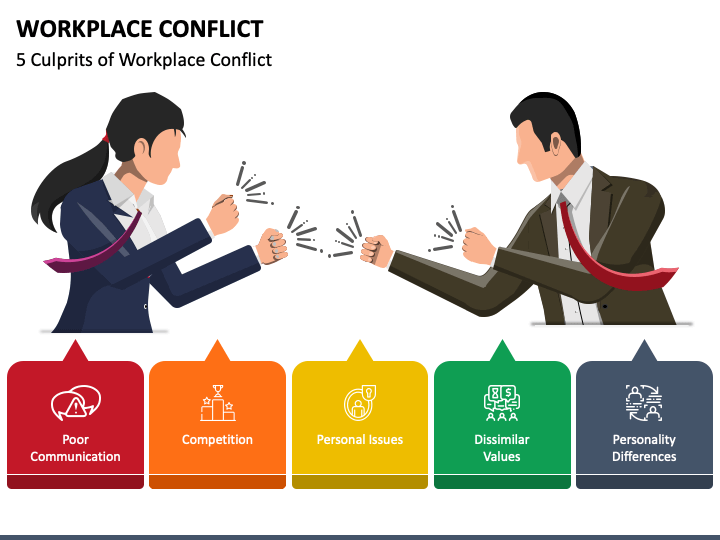Pictures Of Conflict In The Workplace

The pervasive presence of cameras in modern workplaces, from smartphones to security systems, has inadvertently captured a growing trend: photographic and video evidence of workplace conflicts. These images, sometimes surfacing online, raise complex questions about privacy, ethical boundaries, and the potential impact on individuals and organizations.
This article explores the emerging phenomenon of captured workplace conflicts, examining its prevalence, the legal and ethical considerations surrounding it, and its potential consequences for both employees and employers.
Rise of the Digital Witness
The widespread availability of recording devices has transformed the nature of workplace disputes. What once transpired behind closed doors can now be documented and disseminated with ease, creating a new layer of scrutiny and potential liability.
Instances of verbal altercations, inappropriate behavior, and even physical confrontations caught on camera are increasingly common, circulating internally within companies or, more problematically, being leaked to the public domain.
Legal and Ethical Gray Areas
The legality of recording workplace interactions varies significantly depending on jurisdiction. Some regions require one-party consent, meaning only one person involved in the conversation needs to be aware of the recording. Other areas adhere to two-party consent, necessitating that all parties are informed.
Even in one-party consent jurisdictions, ethical considerations remain paramount. Secretly recording colleagues, even if legal, can erode trust and create a toxic work environment.
Furthermore, the use of company-owned surveillance equipment to record private employee interactions raises further ethical concerns. Data privacy regulations often dictate how such footage can be used and stored.
Impact on Individuals and Organizations
The consequences of photographic or video evidence of workplace conflict can be severe. For individuals involved, the public dissemination of such material can lead to reputational damage, disciplinary action, or even termination of employment.
Organizations, too, face significant risks. Leaked footage of workplace disputes can damage their brand image, erode consumer trust, and lead to legal action.
"A company's reputation can be severely impacted by viral content showcasing internal conflicts. It is crucial to have clear policies in place regarding acceptable conduct and the use of recording devices,"says Dr. Emily Carter, a workplace ethics consultant.
Internal investigations become more complex when photographic evidence exists. While such evidence can be valuable in determining the truth, it can also be easily manipulated or taken out of context.
Case Studies and Examples
Several high-profile cases have highlighted the potential damage caused by leaked workplace conflict footage. One example involves a video of a manager engaging in discriminatory behavior, which went viral and led to a public apology and significant restructuring within the company.
Another instance involved a recording of a heated argument between colleagues, which was used as evidence in a subsequent lawsuit.
These cases underscore the importance of proactive measures to prevent and manage workplace conflict, as well as clear policies regarding the use of recording devices.
Mitigating the Risks
Organizations can mitigate the risks associated with captured workplace conflict through several strategies. Implementing comprehensive conflict resolution programs is essential.
Clear policies regarding the use of recording devices, including both personal devices and company-owned surveillance equipment, are also crucial.
Furthermore, fostering a culture of open communication and respect can help prevent conflicts from escalating and being captured on camera.
Regular training on workplace ethics and conflict resolution can empower employees to address issues constructively and avoid situations that could lead to photographic evidence of misconduct.
Ultimately, the rise of captured workplace conflicts presents a significant challenge for both employees and employers. Navigating the legal and ethical complexities requires a proactive approach, clear policies, and a commitment to fostering a respectful and productive work environment.










:max_bytes(150000):strip_icc()/GettyImages-1042685060-79ae02fa57374541bf84b728ead79089.jpg)







